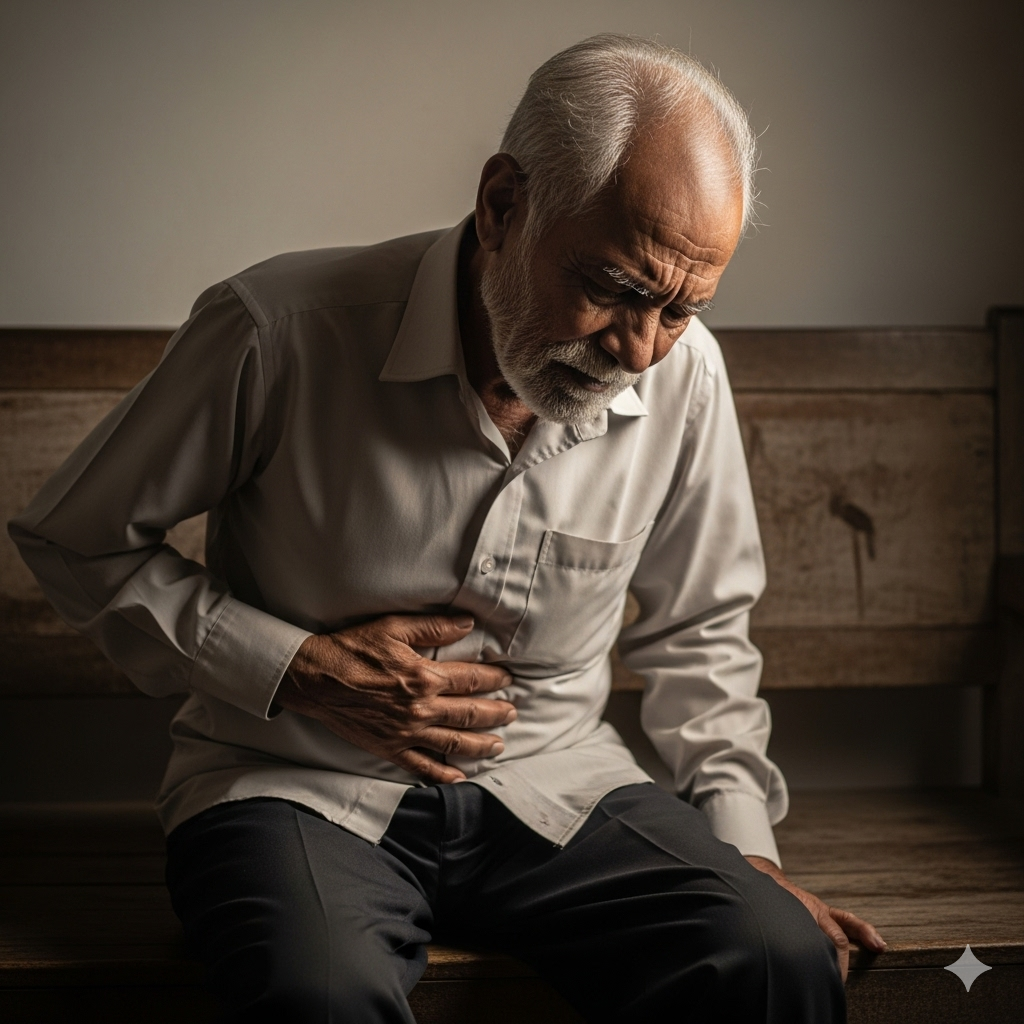If you’ve ever been told you have “prostatitis,” you might have been left with more questions than answers. Is it a simple infection? Why do the symptoms keep coming back? Why am I not getting better with antibiotics?
You’re not alone. Prostatitis is a common and often confusing condition. The key to understanding it is to realize that it’s not always caused by an infection. In fact, most cases of prostatitis are not bacterial at all.
Let’s break down this complex condition in simple terms.
What is the Prostate?
First, a quick refresher. The prostate is a small, walnut-shaped gland found only in men. It sits right below the bladder and wraps around the urethra, the tube that carries urine out of the body. Its main job is to produce a fluid that is part of semen.
Prostatitis simply means “inflammation of the prostate.” But the cause of that inflammation is what makes all the difference.
The Two Main Types of Prostatitis
Think of prostatitis in two main categories:
1. The Infection (Bacterial Prostatitis)
This is what most people think of when they hear “prostatitis.”
- What it is: A true bacterial infection of the prostate.
- How it feels: Symptoms usually come on suddenly and can be severe. This includes fever, chills, body aches, and pain in the lower back or pelvic area. You might also have a frequent and urgent need to urinate, or pain when you do.
- The diagnosis: A doctor can often confirm this with a simple urine or semen test. The test will show signs of a bacterial infection.
- The solution: This type responds well to a course of antibiotics.
2. The Pain Syndrome (Chronic Pelvic Pain Syndrome or CPPS)
This is the most common form of prostatitis, and it’s where things get confusing. It’s often called “non-bacterial prostatitis” or “Chronic Pelvic Pain Syndrome.”
- What it is: This is NOT an infection. It’s a chronic pain condition that can last for months or even years. The pain is real, but it’s not caused by bacteria. Instead, it’s believed to be linked to muscle tension, nerve issues, or a problem with the pelvic floor.
- How it feels: Symptoms come and go. They can include persistent pain or discomfort in the pelvic area, groin, or genitals. You might feel a burning sensation when you urinate or have frequent urges to go. Some men experience pain with ejaculation.
- The diagnosis: This is a diagnosis of exclusion. A doctor will first rule out a bacterial infection with tests. If no bacteria are found, and the symptoms have been present for at least three months, it points to CPPS.
- The solution: This is the most crucial part. Because it’s not an infection, antibiotics will not work. Taking repeated courses of antibiotics can even be harmful. The treatment for CPPS focuses on managing the pain and addressing the root cause.
Why Are Antibiotics Prescribed So Often?
It’s common for doctors to initially prescribe antibiotics for any sign of prostatitis because it’s impossible to know right away if it’s bacterial or not. However, if the first course of antibiotics doesn’t help, it’s a strong sign that you likely have CPPS, not a bacterial infection. At this point, it’s important to stop the antibiotics and explore other treatments.
Treatment for Chronic Pelvic Pain Syndrome (CPPS)
Since CPPS isn’t an infection, the treatment is different and more holistic. It’s about finding what triggers the pain and calming the nervous and muscular systems down. Treatments can include:
- Physical Therapy: A specialized physical therapist can help release tension in the pelvic floor muscles. This is often a game-changer for many men.
- Medications: Muscle relaxants or medications that affect nerve pain (like gabapentin) can be helpful.
- Lifestyle Changes: Reducing stress, avoiding foods or drinks that irritate the bladder (like caffeine and spicy foods), and finding ways to relax can all help manage symptoms.
- Mind-Body Techniques: Since stress and anxiety can worsen chronic pain, techniques like meditation, yoga, and mindfulness can be very effective.
The Takeaway
The most important thing to remember is that not all prostatitis is the same.
- If your symptoms came on suddenly with fever and chills, it’s likely a bacterial infection that will respond to antibiotics.
- If you have a persistent, nagging pain in your pelvic area, and antibiotics haven’t helped, you likely have Chronic Pelvic Pain Syndrome (CPPS).
Understanding this difference is the first step toward getting the right treatment. Don’t be afraid to ask your Urologist questions. If antibiotics aren’t working, it’s time to shift the focus from fighting an infection to managing a pain syndrome. There are effective solutions available, and getting the right diagnosis is the key to finding them.

